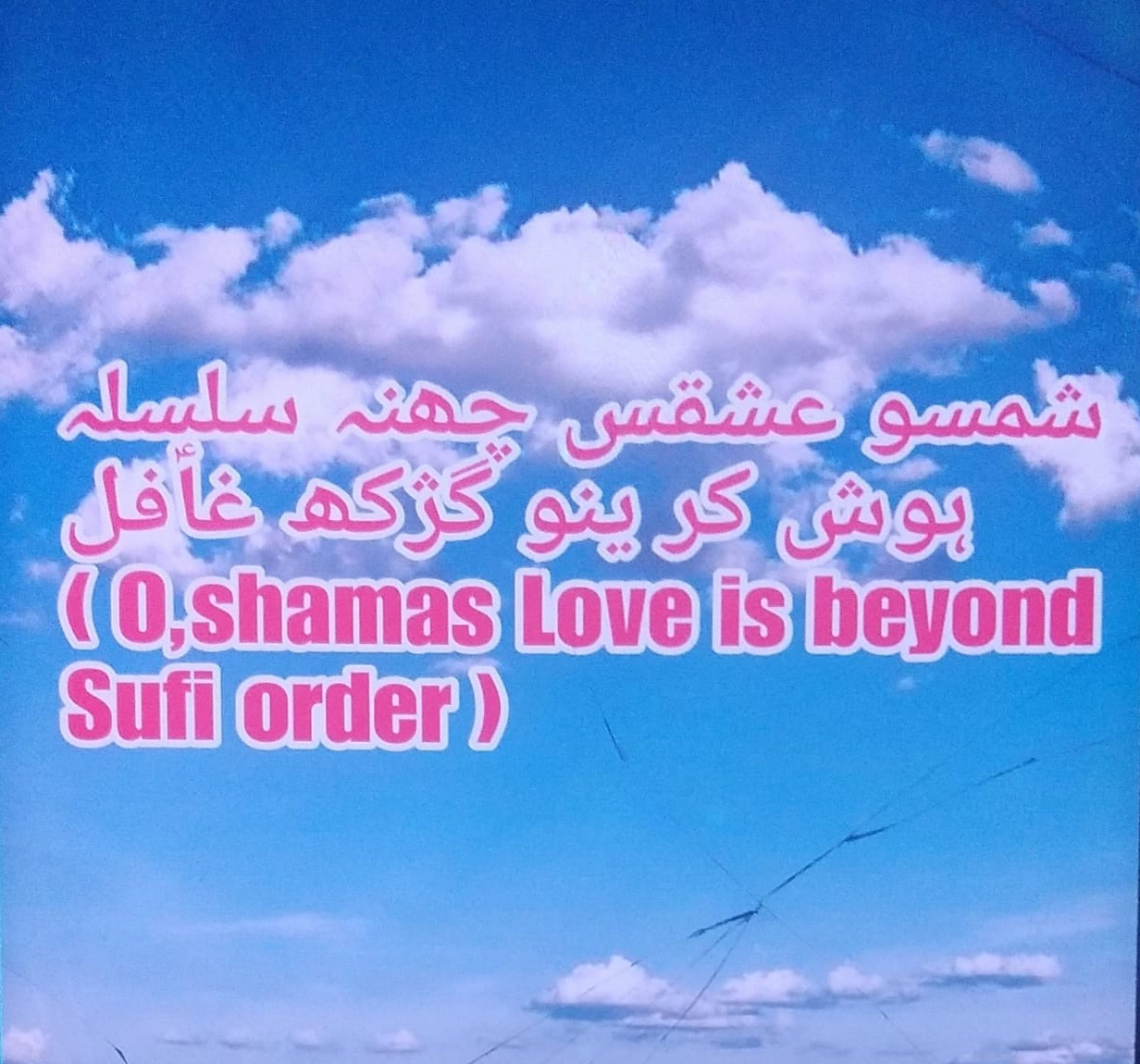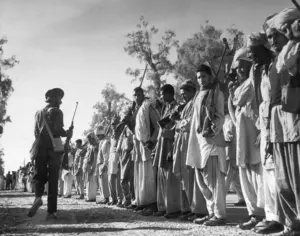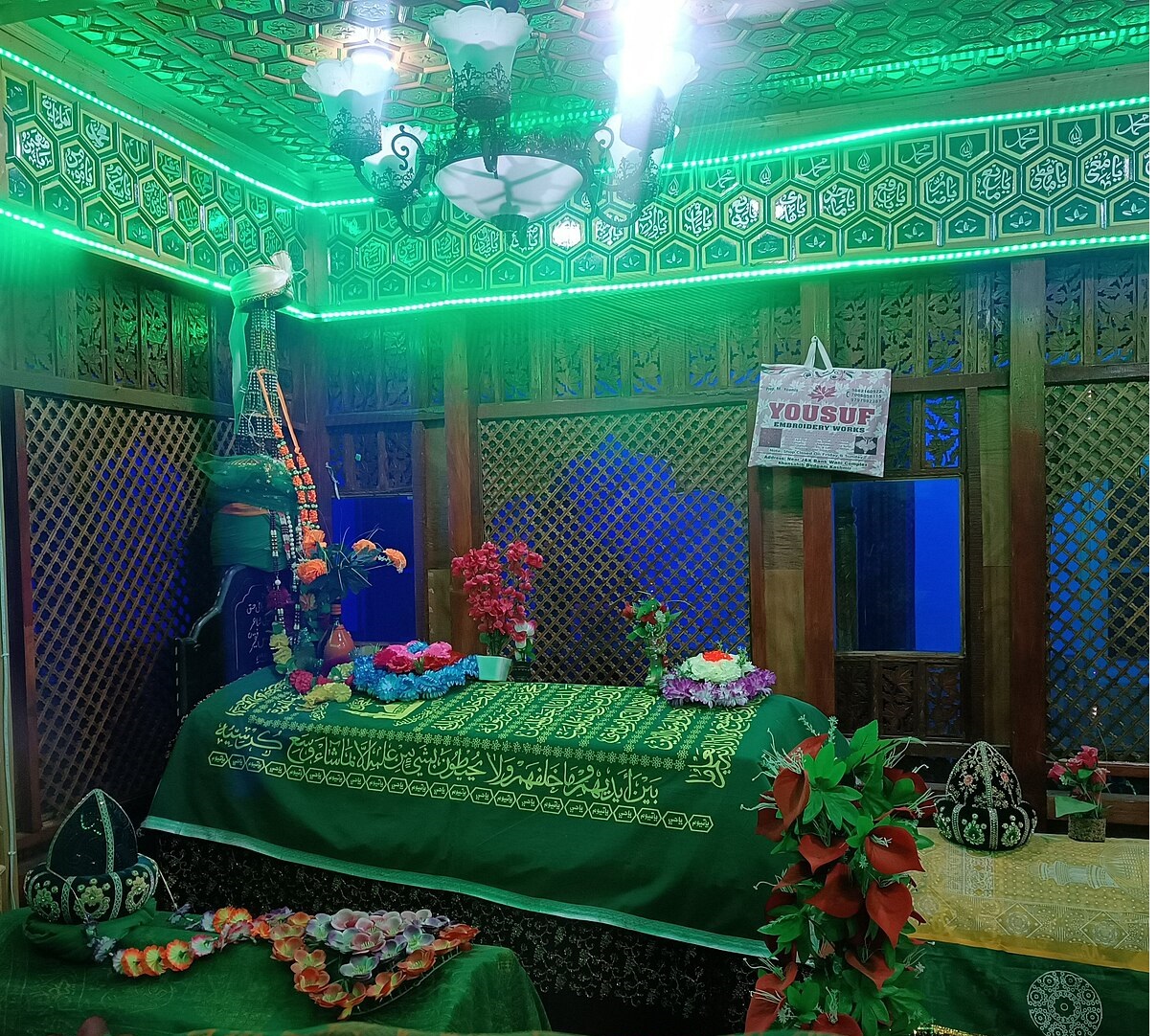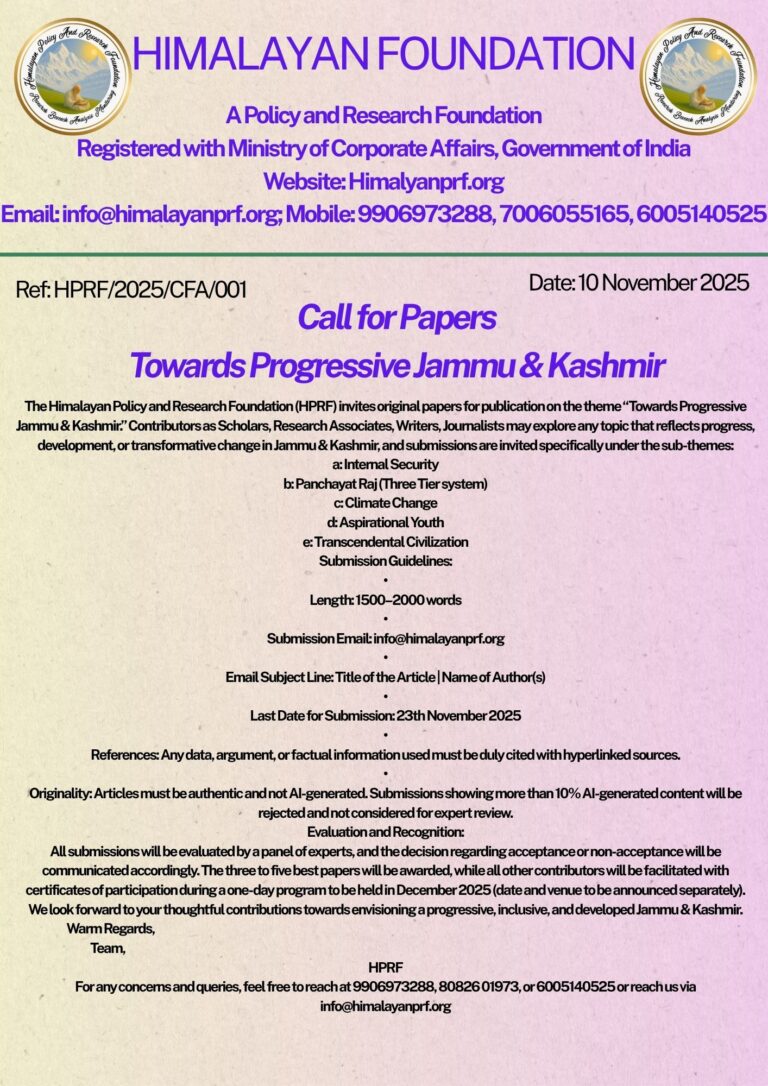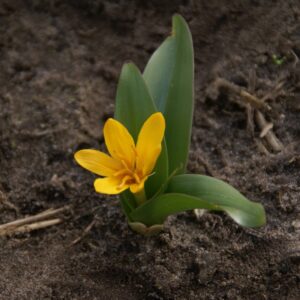Written BY: Peerzada Muneer
One of Kashmir’s most well-known Sufi poets is Shams Faqir. He holds a unique position in the literary and spiritual history of the region. Around 1843, Shams Faqir was born in the little Srinagar neighbourhood of Chinkral Mohalla. He was actually named Muhammad Sidiq Bhat. Despite not receiving a formal education and losing his parents when he was young, he went on to become one of the most significant voices in Kashmir’s mystical traditions. His poetry, which is primarily in Kashmiri but contains many terms from Arabic, Persian, and Sanskrit, demonstrates how Kashmiri Sufism unites a wide range of spiritual traditions. His writings, which blend metaphysical understanding with the earthy immediacy of the Kashmiri landscape, are profoundly personal manifestations of his spiritual insights and go beyond simple literary artifacts. His poetry is rich of metaphorical meaning and has a raw spiritual urgency that is not overshadowed by excessive adornment.
Although Shams Faqir is well-known in Kashmir’s mystical tradition, he has not received as much attention in South Asian academia and literature as he deserves. The mystical path, which includes the sense of desire, the dissolution of the self, and the ultimate awareness of oneness with the Divine, is profoundly expressed in his poems. Light is used as a sign of spiritual realization and the presence of God in many mystical traditions, such as the greater corpus of classical Sufi poetry. Shams Faqir, however, adopts a completely different strategy. He creates a complicated metaphysical map that illustrates the process of spiritual development using two primary symbols: the flowing river and the engulfing cosmic darkness.
In Kashmiri Sufi poetry, Shams Faqir’s writings are more than just lyrical. It delves deeply into mystical experience from a philosophical and ontological standpoint. Most readers concentrate on his celebration of divine love and the seeker’s ultimate union with the Beloved. His use of water metaphors and his belief that darkness marks the conclusion of the spiritual journey, however, reveal a more nuanced and little-examined side. In his poetic imagination, the river is not merely a natural feature but rather a profound representation of the evolving self—ephemeral, fluid, and constantly flowing back toward its source. The river is both the path and the traveller, ever advancing toward the boundless ocean of the Divine and away from the boundaries of the particular ego.
The river’s dual function accounts for its significance as a magical symbol. The ceaseless flow of longing, the constant movement of breath, and the persistent need to return to the source, on the one hand, demonstrate how restless the soul is. Conversely, it is the process of self-transcendence, where the seeker voluntarily dissolves the boundaries of the self to merge with the infinite. Rivers and streams are more than just geographical elements in Kashmir; they are integral to the locals’ culture and spirituality. There, the aquatic symbolism has a powerful resonance. The river is a phenomenological and metaphysical reality in Shams Faqir’s poetry. It beckons to the surrounding surroundings and reflects the seeker’s inner mood.
The most intriguing and potentially subversive aspect of this symbolic structure, however, is that, contrary to what one might anticipate from the broader Sufi tradition, the river does not simply lead to an ocean of light. Rather, it leads the seeker to the brink of a profound and pervasive darkness. According to the standard metaphysics of light, which is found in most of the mystical literature, light is equivalent to divine presence. However, Shams Faqir flips this notion. Beyond the duality of light and dark, presence and absence, and form and formlessness, you see the Divine in a sacred darkness rather than in a clear light.
In a nihilistic sense, this blackness is neither a lack nor a denial. Rather, it is an apophatic presence, a fullness that transcends form, which is only accessible when the seeker surrenders all their intellectual, sensory, and mental frames. It is the moment when the seeker is left hanging in the enigma of pure existence as the capacities for seeing, knowing, and even wanting disintegrate. The ego is totally dissolved in this gloomy place, which is similar to a womb where all differences vanish. It is a region of both beauty and terror, where the seeker perceives the abyss as the closest manifestation of the Real rather than as emptiness.
Compared to more popular Sufi approaches, which frequently discuss unity in terms of blazing light, brilliance, and revelation, the notion of darkness as the conclusion of the spiritual journey is a significant departure. However, Shams Faqir aligns himself with a more apophatic mystical tradition by embracing the gloom. This is comparable to the Buddhist concept of śūnyatā, which holds that ultimate reality can only be realized by letting go of all attempts to comprehend it, and the Christian mystical concept of the “Cloud of Unknowing.” In this way, light transcends the dark, which is not the reverse of light. It is the capacity to see well after the necessity to see has passed, not the inability to see.
The flowing river, which represents desire, movement, and longing, is the first stop on the journey that Shams Faqir’s poetic cosmology depicts. The voyage concludes with absorption in the dark, which represents death, submission, and ultimate unification. This movement is cyclical rather than linear. Every time the seeker enters the river of being, they dissolve into the ground of being and emerge transformed. The river reflects the shifting patterns of spiritual practice, such as the cycles of longing and forgetting, the discipline of breathing, and the rhythms of remembering. Conversely, the dark is the final space where the self is fully released.
This dying in the dark is not merely a passive one; rather, it is an active, courageous release of the incomprehensible. It entails giving up all conceptions of the Divine, your identity, and even your aspirations to achieve spiritual objectives. Knowing gives way to not knowing, and being present becomes an experience that transcends what we typically think of as being present. It is a profound shift in the way we know things. This shift is brought about by the poems’ language. The visuals disappear, the rhythms slow, and the words themselves grow increasingly quiet.
This connection between the river and the dark is grounded in Shams Faqir’s actual deeds and is not merely an abstract intellectual concept. His periods of solitude and stillness in the caves close to Budgam were not merely symbolic; they were actual events in his life that mirrored the philosophical movement his poetry depicts. Being a faqir was a continuous performance of the mystical surrender that his poems discuss, not an identity. In this way, life and poetry merge into one, one of which enhances and reflects the other.
Additionally, this thematic structure’s universal metaphysical reach and Kashmiri landscape foundation are what make it so intriguing. The real-life experience of Kashmir, where the natural environment is both stunning and terrifying, nourishing and humble, is the source of the usage of rivers, mountains, and darkness. However, the path from flow to dissolution is comparable to seekers’ experiences in a wide range of religious and philosophical contexts as well as mystical traditions outside of Kashmir.
Shams Faqir’s mystical cartography provides a radical counter-narrative in an era of increasing hyper-visibility, incessant cacophony, and the constant desire for clarity. It implies that true understanding might not come from more light but rather from having the courage to face the unknown, trust rather than fear it, and accept it. The river of existence carries all beings toward their unavoidable demise. But rather than death, the deepest experience with the Real can be discovered in the depths of the dark. Throughout the decades, Shams Faqir reminds the seeker that the path to the Divine is not straightforward or entirely obvious. It is a journey from selfhood to the sacred place of the dark, from presence to mystery, and from flow to formlessness.
